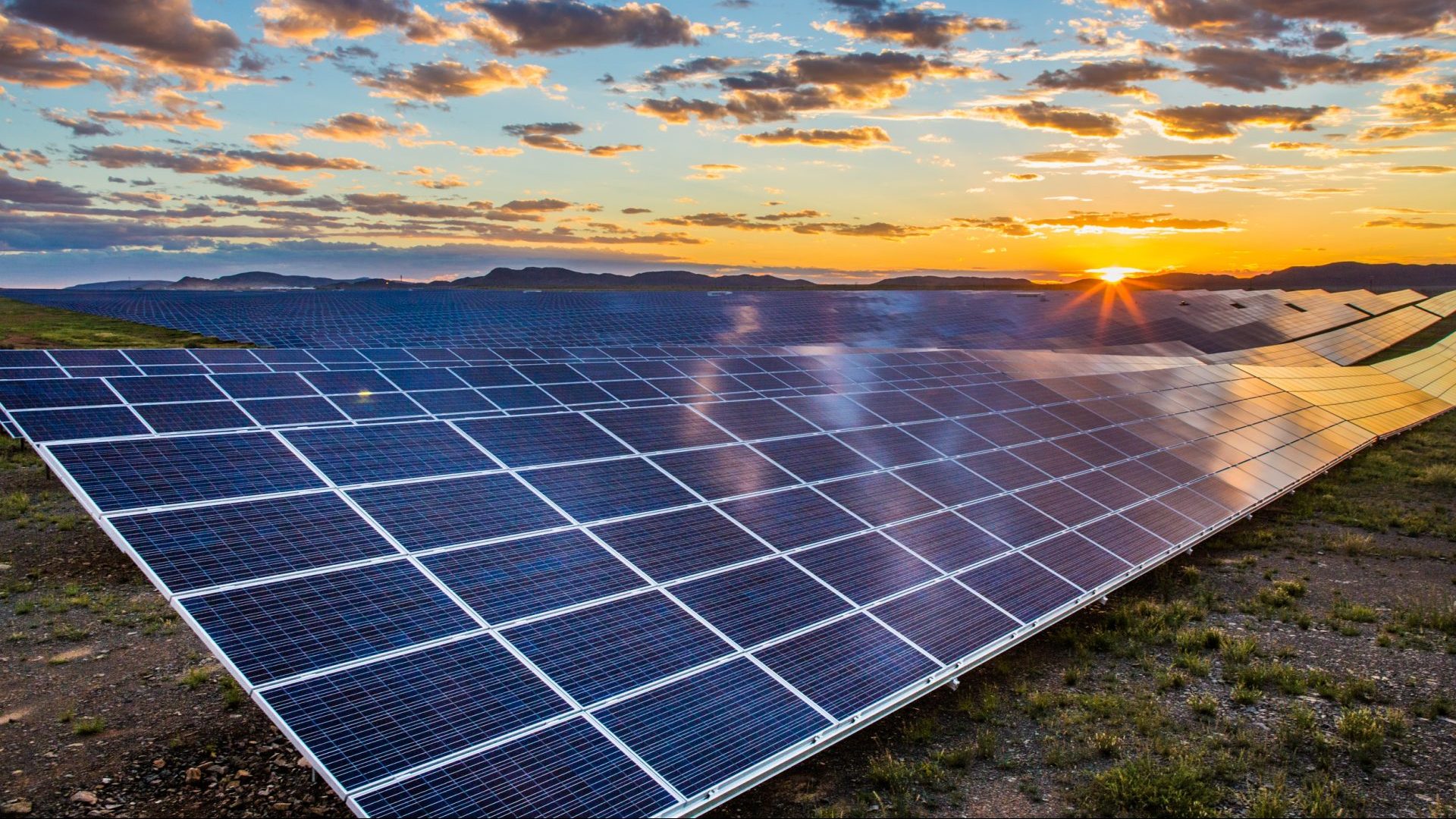The Lake Turkana Wind Power project has strengthened Kenya’s efforts to attain energy sufficiency, paving the way for reduction of electricity imports from Uganda and Tanzania.
Kenya’s electricity imports from the two countries have increased steadily over the past four years, from 58.8 Gigawattshour (GWh) in 2015 to 212GWh in 2019. In 2018, total electricity imports were 130GWh.
“The main reason is the coming on stream of new renewable capacity—the Turkana Wind Plant, and also the Garissa Solar Power Plant,” Patrick Obath, an energy consultant and associate director at Adam Smith International Africa, told The EastAfrican.
Kenya now has 70 per cent renewable energy—wind, solar, hydro, geothermal of the installed capacity, which stands at 2,819MW.
“The increase in generation capacity has Kenya now has 70 per cent renewable energy—wind, solar, hydro, geothermal of the installed capacity, which stands at 2,819MWeen faster than the rise in consumption—2400MW versus a peak demand of 1900MW.”
According to the Kenya National Bureau of Statistics (KNBS) data released this past week, wind generation increased more than fourfold from 375.6GWh in 2018 to 1,562.7GWh in 2019, following full operationalisation of the Turkana Wind Power Plant.
In addition, solar generation rose from 13.7GWh in 2018 to 92.3GWh in 2019 as a result of the commissioning of the Garissa Solar Power Plant.
In 2019, Hydro and thermal generation registered a drop of 19.6 per cent and 15.0 per cent to 3,205.3GWh and 1,313.3GWh, respectively.
Over 2019, the country’s total electricity generated, including imports, grew by 3.9 per cent to 11,620.7GWh.
Total installed electricity capacity increased from 2,711.7MW in 2018 to 2,818.9MW in 2019.
National grid
The addition of the Olkaria V geothermal power plant to the national grid in 2019 expanded the country’s geothermal capacity by 25.0 per cent to 828.4MW. The plant, which was commissioned in November 2019, has an installed capacity of 165MW.
The country’s total electricity demand increased by 3.9 per cent to 11,620.7GWh from 11,182GWh in 2018, with domestic demand for electricity increasing to 8,854GWh from 8,702.3GWh in the same period.
Transmission and distributive losses were 2,750.5GWh and accounted for 24.1 per cent of total local generation in 2019.
According to Kenya’s Economic Survey report (2020) wind power generation recorded the largest increase last year, becoming Kenya’s third largest source of energy.
Last year, wind power increased to 1,562.7GWh following full operationalisation of Turkana Wind Power Plant.
“As demand picks up and the economy regains its momentum we hope to contribute even more to Kenya’s self-reliance on renewable energy in the coming years,” said Rizwan Fazal, Executive Director at the Lake Turkana Wind Power (LTWP).
SOURCE: The East African

Ethiopia has cleared the way for Safaricom to introduce M-Pesa in the market of 110 million people after deciding to include the ...

Egyptian largest private sector bank by assets Commercial International Bank (CIB) is seeking to acquire more banks to strengthen ...

The European Investment Bank and International Solar Alliance have published a study outlining access solutions to overcome key ...

Kenya has been ranked the top country in the world in reducing population with no access to electricity, pointing to the impact ...